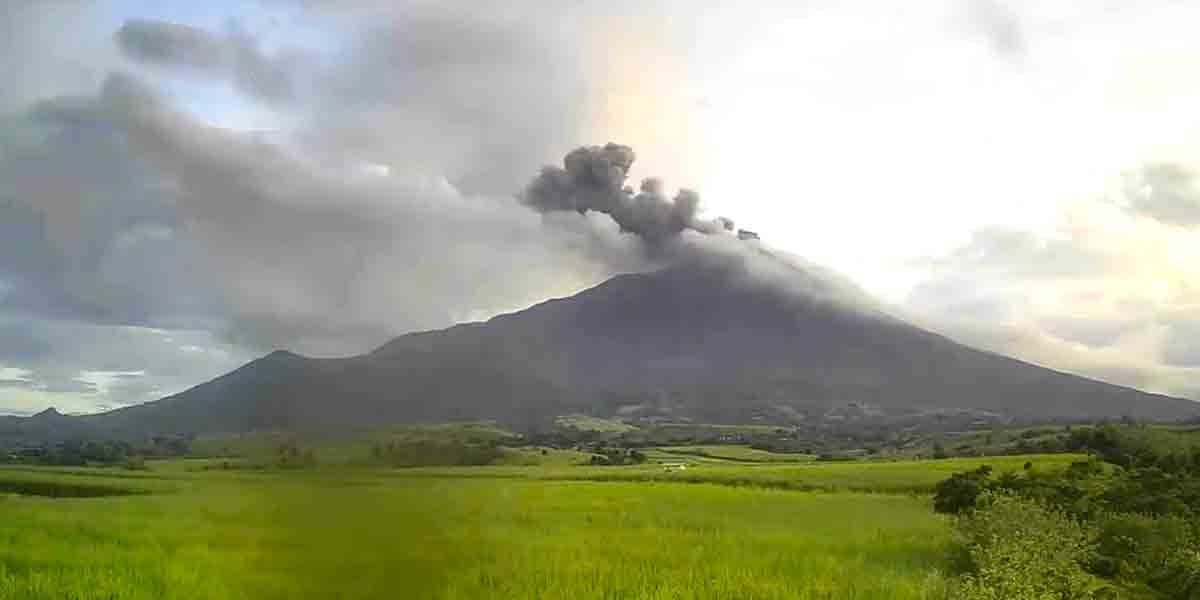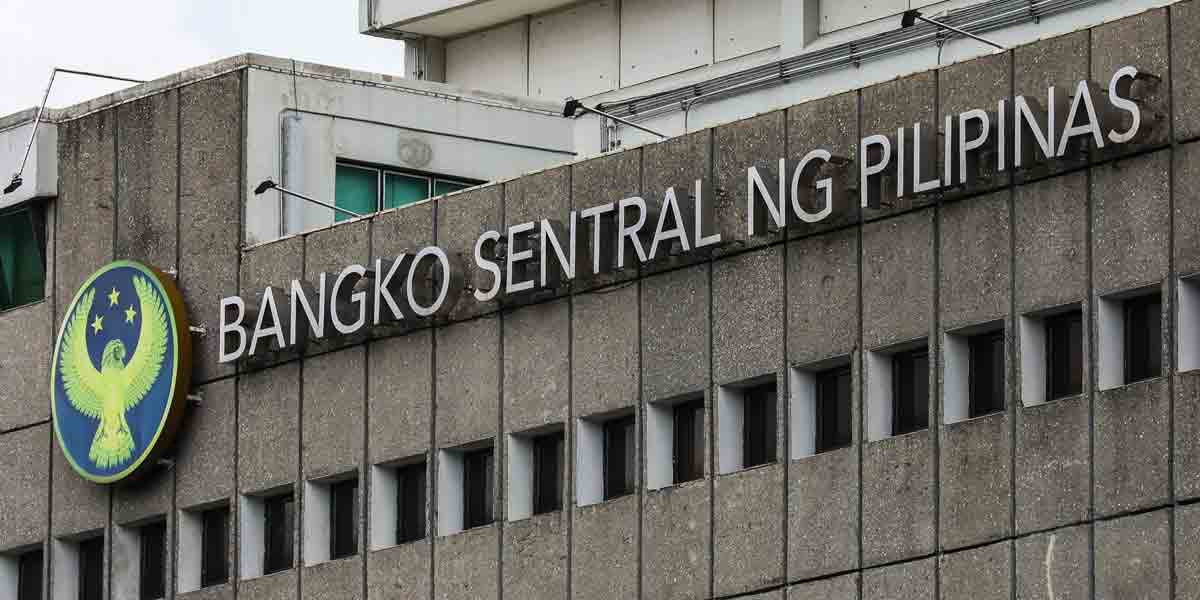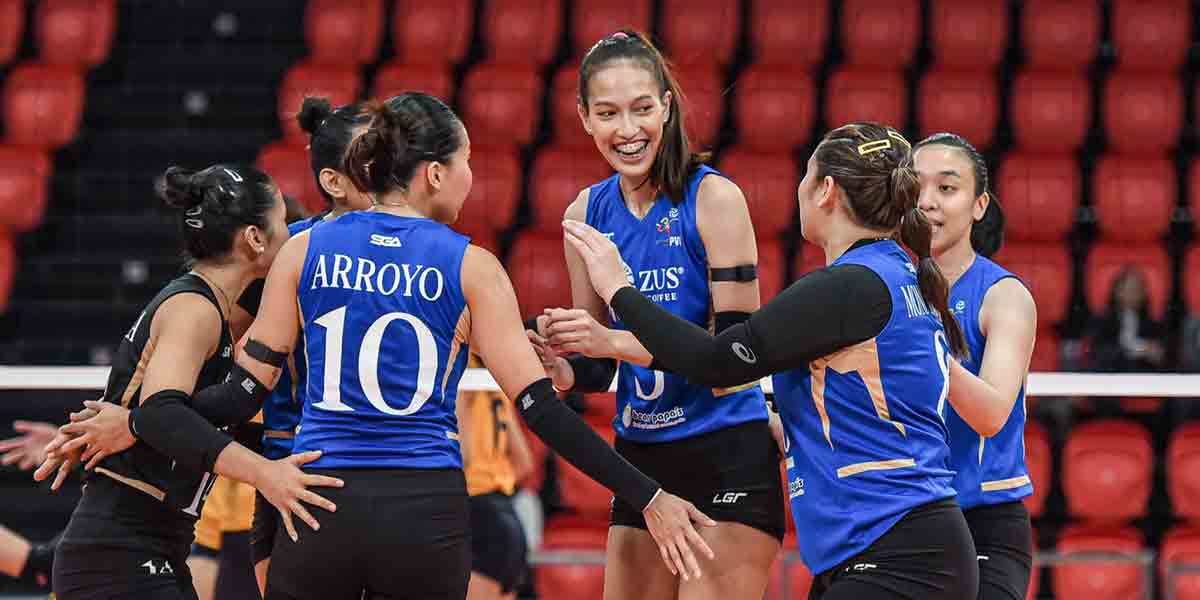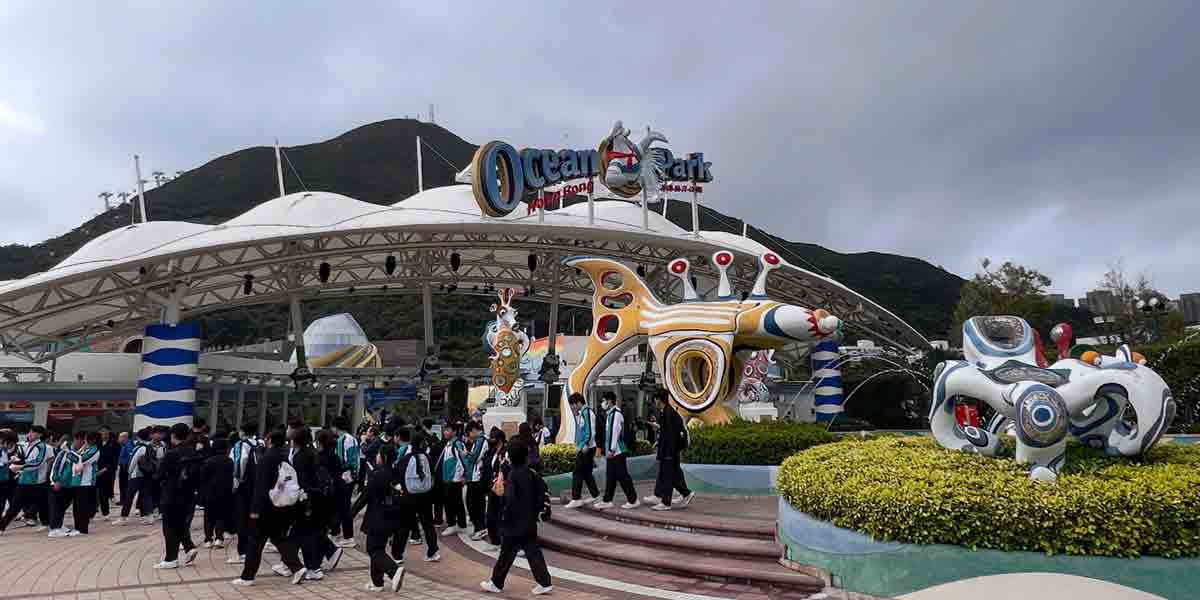
By Francis Allan L. Angelo
The provinces of Iloilo and Antique experienced an earthquake swarm since Thursday evening.
The Philippine Institute of Volcanology and Seismology (Phivolcs) recorded 19 temblors starting with a magnitude 2.8 quake at 10:47 pm Thursday in Anini-y, Antique.
In a span of two minutes, magnitude 4.1 and 3.6 temblors hit San Joaquin, Iloilo.
By 11:13 pm, the ground in San Joaquin again shook at magnitude 3.6, followed by a magnitude 3 quake in Anini-y 10 minutes after.
At around 1:11 am Friday, it was the turn of Miagao, Iloilo to shake at magnitude 3 followed by two more in San Joaquin at magnitudes 3.2 and 2.8 between 2:14 am and 2:20 am.
After 20 minutes, San Joaquin was again rocked by a magnitude 2.5 temblor.
Things settled then until past 8 am when three more quakes again shook San Joaquin – 8:27 am, magnitude 4.5; 8:32 am, magnitude 4.4; and 8:41 am, magnitude 4.4.
The shaking continued on the following times and locations:
– 8:59 am, magnitude 3.4, San Joaquin
– 9:05 am, magnitude 3.4, San Joaquin
– 9:19 am, magnitude 3.2, San Joaquin
– 9:58 am, magnitude 3.6, San Joaquin
– 10:01 am, magnitude 2.8, San Joaquin
– 11:45 am, magnitude 3.2, San Joaquin
– 4:57 pm, magnitude 2.9, San Joaquin
The quakes, which were tectonic in origin, were also felt in Iloilo City and its suburbs.
Elmer Relota of Phivolcs-Antique told Aksyon Radyo-Iloilo that they call series of quakes in contiguous or neighboring locations as an earthquake swarm.
An earthquake swarm is a sequence of seismic events occurring in a local area within a relatively short period of time. The length of time used to define the swarm itself varies, but may be of the order of days, months, or even years.
A swarm is different from what happens commonly when a major earthquake (mainshock) is followed by a series of aftershocks: in earthquake swarms, no single earthquake in the sequence is obviously the mainshock. In particular, a cluster of aftershocks occurring after a mainshock is not a swarm.
Citing their own monitoring, Relota said earthquake swarms happen in a week or two and the magnitude (strength of shaking at the source recorded by seismographs) does not go over magnitude 5.
Relota said the swarm is caused by the slow and consistent movement of plates beneath the earth’s crust.
He added that it is better to have earthquake swarms as the pent-up energy of the plates that collide with each other is slowly released, preventing the possibility of quakes at more than magnitude 5 or higher.




















